
Cracking the code on SPF - Your most asked questions answered.
Cracking the Code on SPF: Your Most Asked Questions, Answered
SPF: It’s your daily non-negotiable. The one step in your routine that everyone — and we mean everyone credible — agrees on.
There’s little point in investing in high-performance actives like exfoliants, antioxidants, and retinoids if you're not protecting your skin with SPF every single day. Without it, you’re undoing all that good work.
Luckily, we’re no longer in the thick, chalky SPF wilderness. From sheer gels to glow-boosting fluids, there’s now a formula for every skin type, tone, and texture preference.
Let’s get into your most frequently asked SPF questions — and answer them once and for all.
What’s the best SPF for me?
Simple. It’s the one you:
– Actually like wearing
– Can afford to apply generously and reapply as needed
– Offers broad spectrum protection — ideally with a UVA circle logo or an Australian-made label (Australia’s SPF regulations are world-leading for a reason)
Finding your SPF might take a bit of trial and error, but once you land on one that feels good on your skin, you’ll never look back.
As a guide:
– Dry or sensitive skin? Look for formulas with hydrating ingredients like squalane or glycerin.
– Oily or breakout-prone? You’ll likely prefer oil-free, matte finish options.
– Deeper skin tones? Opt for sheer, invisible finishes to avoid a grey cast.
Do I need a separate face and body SPF?
Technically, no — the same UV filters protect both face and body. But here’s why we do recommend using a dedicated facial SPF.
Facial sunscreens tend to be more elegantly formulated. They’re designed with your face in mind: non-comedogenic (so they won’t clog pores), often packed with antioxidants or skin-soothing ingredients, and created to wear beautifully under makeup without pilling or greasiness.
The textures are lighter, the finishes more refined — and that’s why you’ll usually see a higher price per ml compared to body formulas.
At Skincare Edit, we always reach for a separate SPF for the face (and yes, we do the same for our kids). It’s a small, skin-smart investment that supports long-term skin health — and just feels better to wear.
Can I skip moisturiser if I’m using SPF?
Yes, in many cases you can.
Many SPFs — except those designed specifically for oily skin — are formulated with moisturising components like humectants, emollients, and occlusives, which help hydrate the skin and prevent transepidermal water loss (TEWL).
If you have normal to combination skin, a hydrating SPF can absolutely double as your morning moisturiser — especially if you’re already using one or two serums underneath.
If your skin is dry or sensitive layering a dedicated moisturiser underneath may offer more comfort and support.
Either way, SPF should always be your final step (before make-up) — never skip it.
Do I need to wait before applying makeup over SPF?
If we’re being technical — yes, a short wait helps.
Allowing 2–5 minutes gives your SPF time to set and form an even film on your skin, which helps it do its job better and makes it less likely to pill or move under makeup.
Top tip: apply your SPF, make your coffee, then go back in with your base.
How do I reapply SPF over makeup?
Let’s be honest — this one trips up even the most dedicated skincare obsessives.
If you’re indoors all day, away from windows or direct sun, applying your SPF once in the morning is generally fine. But if you’re outside, commuting, or getting regular sun exposure? Reapplication is non-negotiable.
Here’s how to do it without wrecking your makeup:
– SPF mists or sprays: quick and convenient, but often not the most pleasant to use. Always check for genuine broad-spectrum protection (many setting sprays with SPF don’t offer enough).
– Brush-on mineral powders: ideal for oily skin or on-the-go top-ups, but they typically they offer poor UV coverage when used alone — think of them as a helpful boost, not your only line of defence.
– Brush or sponge application: for the best coverage without disrupting your base, lightly press a fluid SPF over your makeup using a dense flat brush or damp makeup sponge. Take your time and build it up — this method offers the most reliable protection while keeping your look intact.
The key? Find a method that works for you, and one you’ll actually stick to.
How much SPF should I be using?
The general rule of thumb for adults:
– Face + neck: ½ teaspoon or the ‘two-finger’ method
– Chest, arms, back: ~2 teaspoons per area
– Legs + feet: ~2–3 teaspoons each
Of course, body size matters — bigger surface area = more product. The golden rule: if you're not sure, apply more.
Do I really need to wait 20 minutes before getting in the pool or sea?
If you're using a chemical sunscreen, then yes — waiting 15 to 20 minutes after application is important. These formulas need time to bind with the skin and form a protective film, which can be disrupted if you jump straight into water.
Mineral sunscreens (with zinc oxide or titanium dioxide) sit on the surface of the skin and offer immediate protection — so technically, you don’t have to wait. But… if you’ve just applied it and head into waves or chlorine? It’s likely to rub off or dilute before it’s had a chance to properly settle.
In short: giving your SPF a little time to ‘set’ before swimming — whatever the formula — gives it the best shot at staying put and doing its job. Especially if you’re in strong sun, sweating, or towel-drying.
And always reapply after swimming, even if your sunscreen is water-resistant.
The bottom line?
Wear SPF. Wear enough. Reapply when needed.
It’s the single most effective thing you can do for your skin’s long-term health, resilience, and radiance.













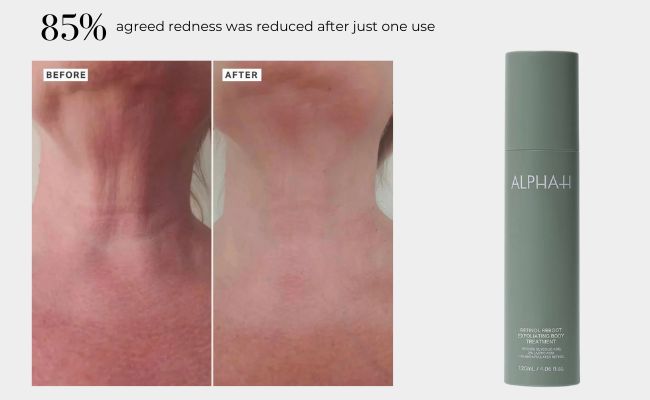
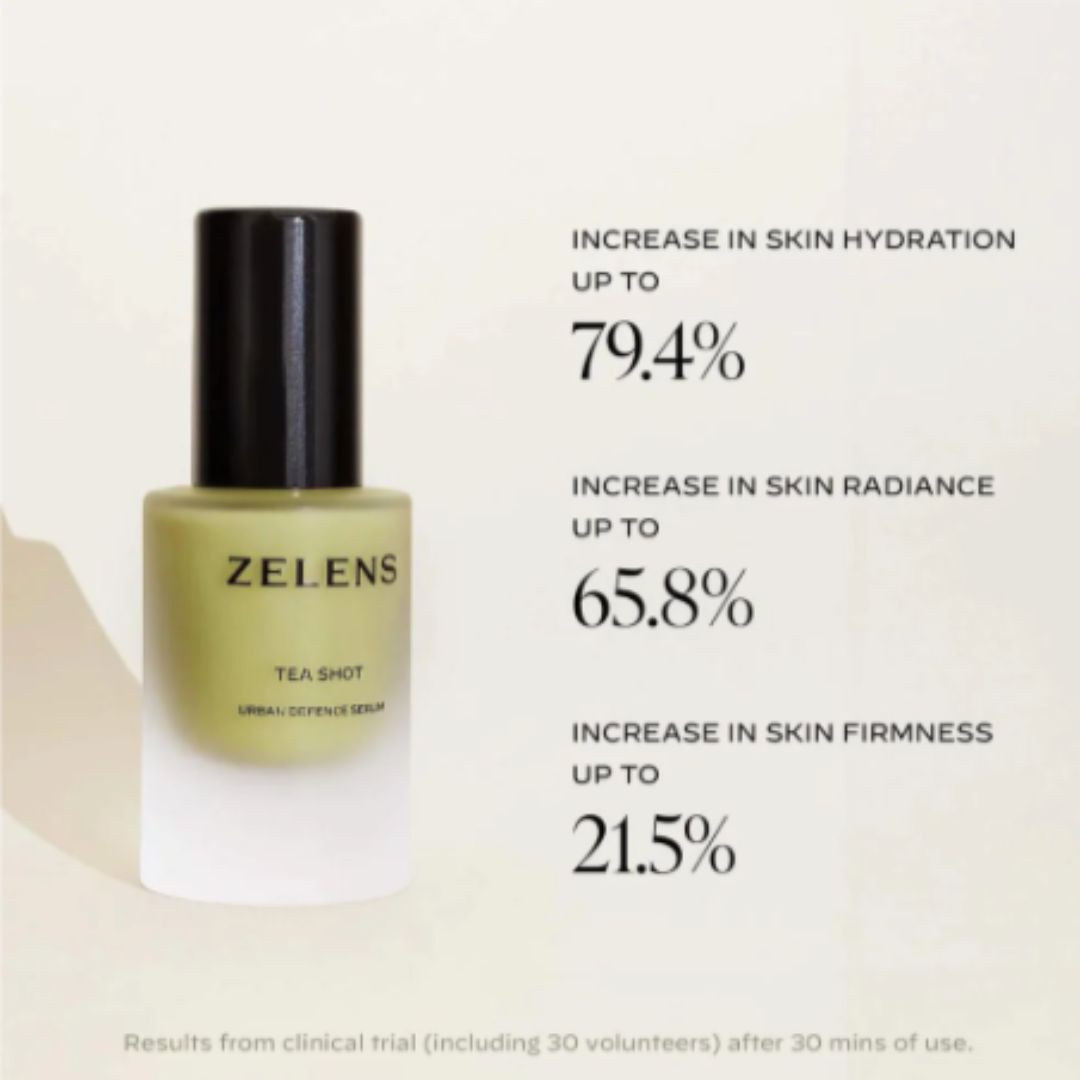
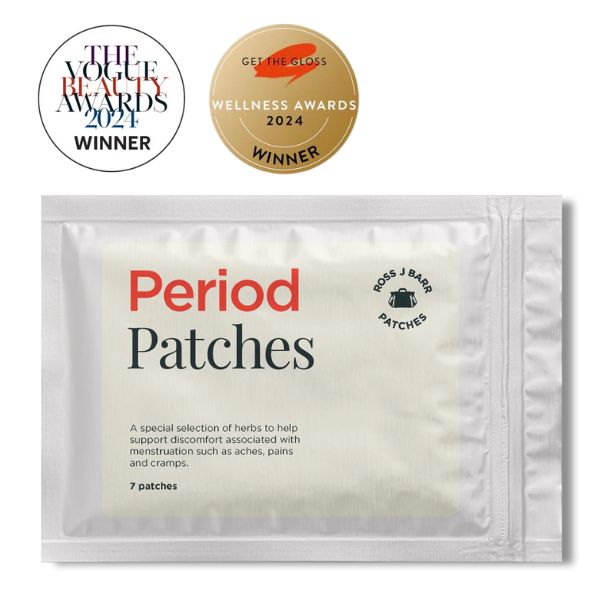
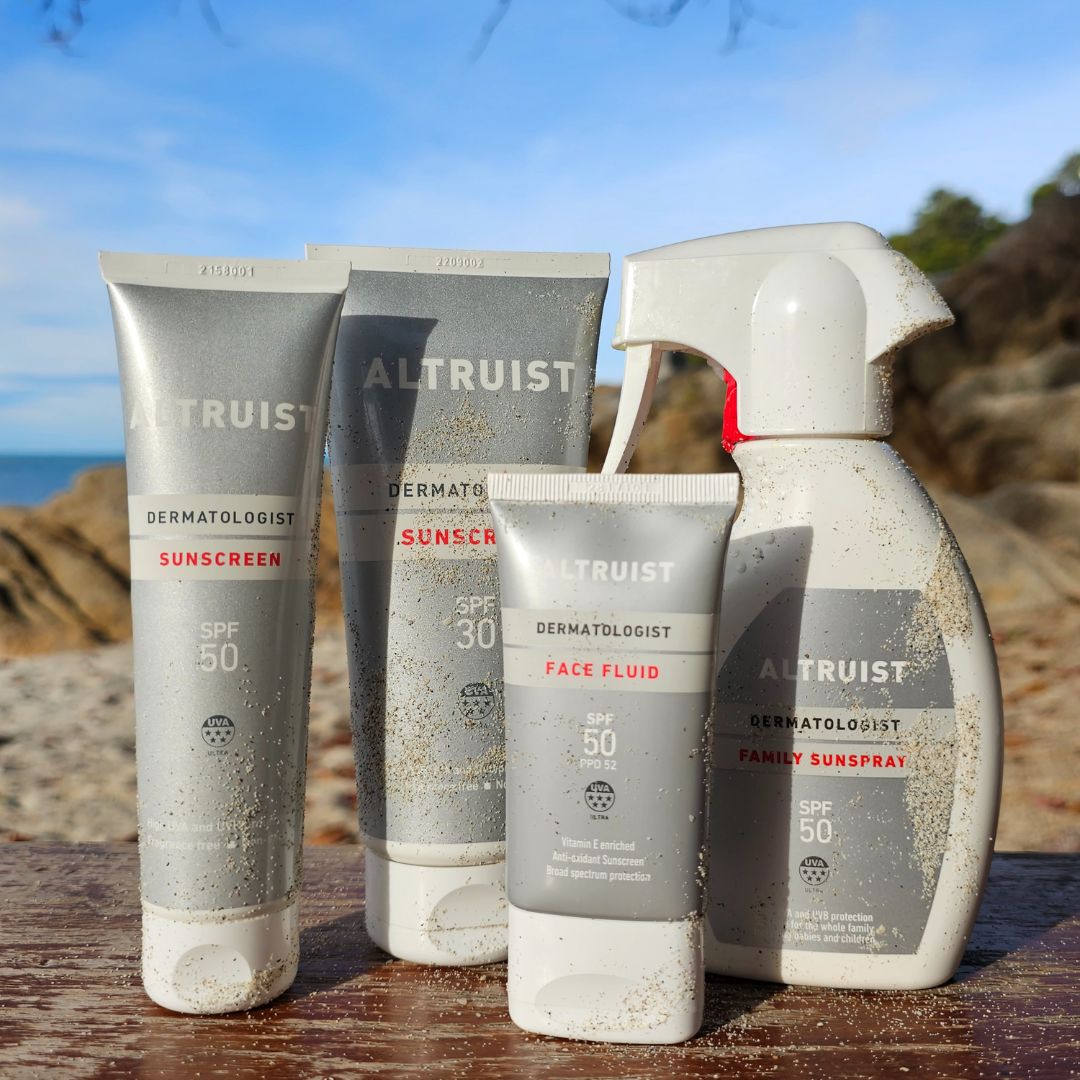
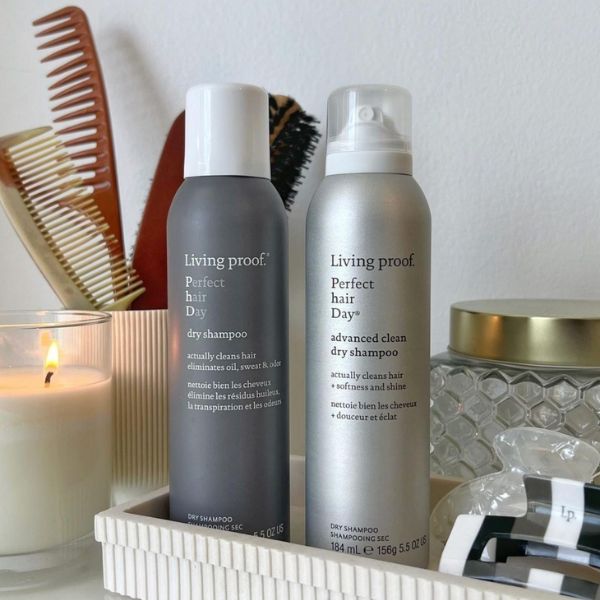
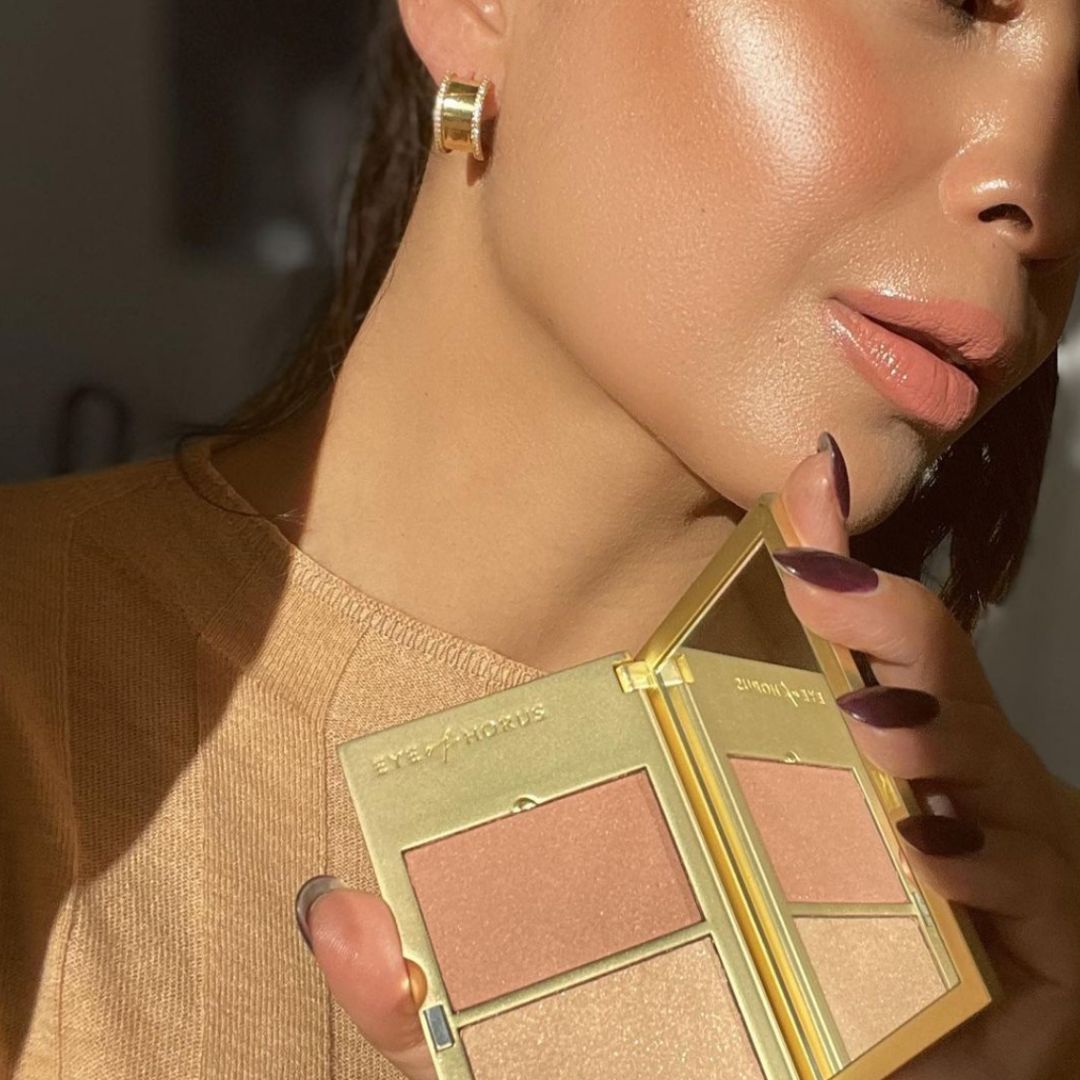

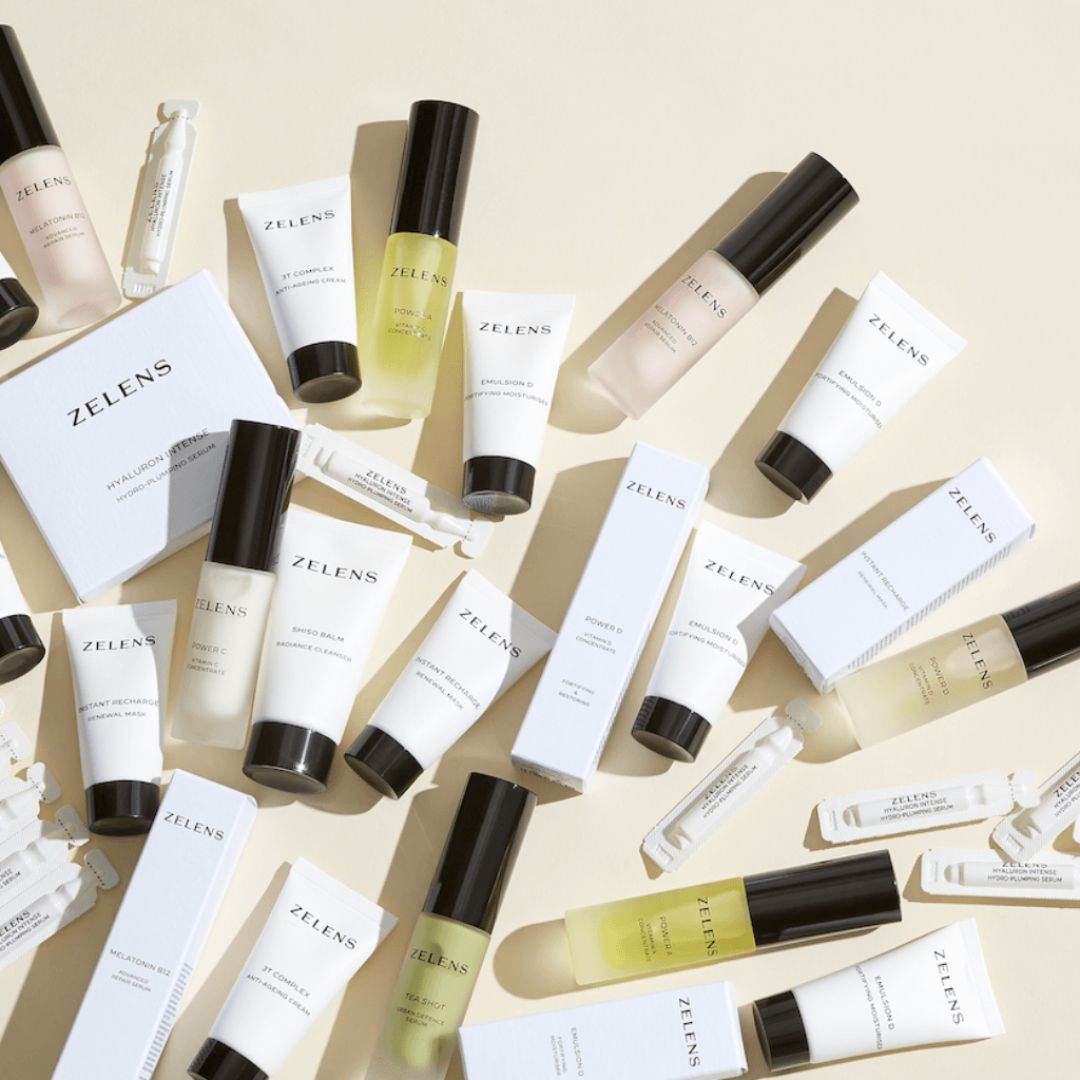
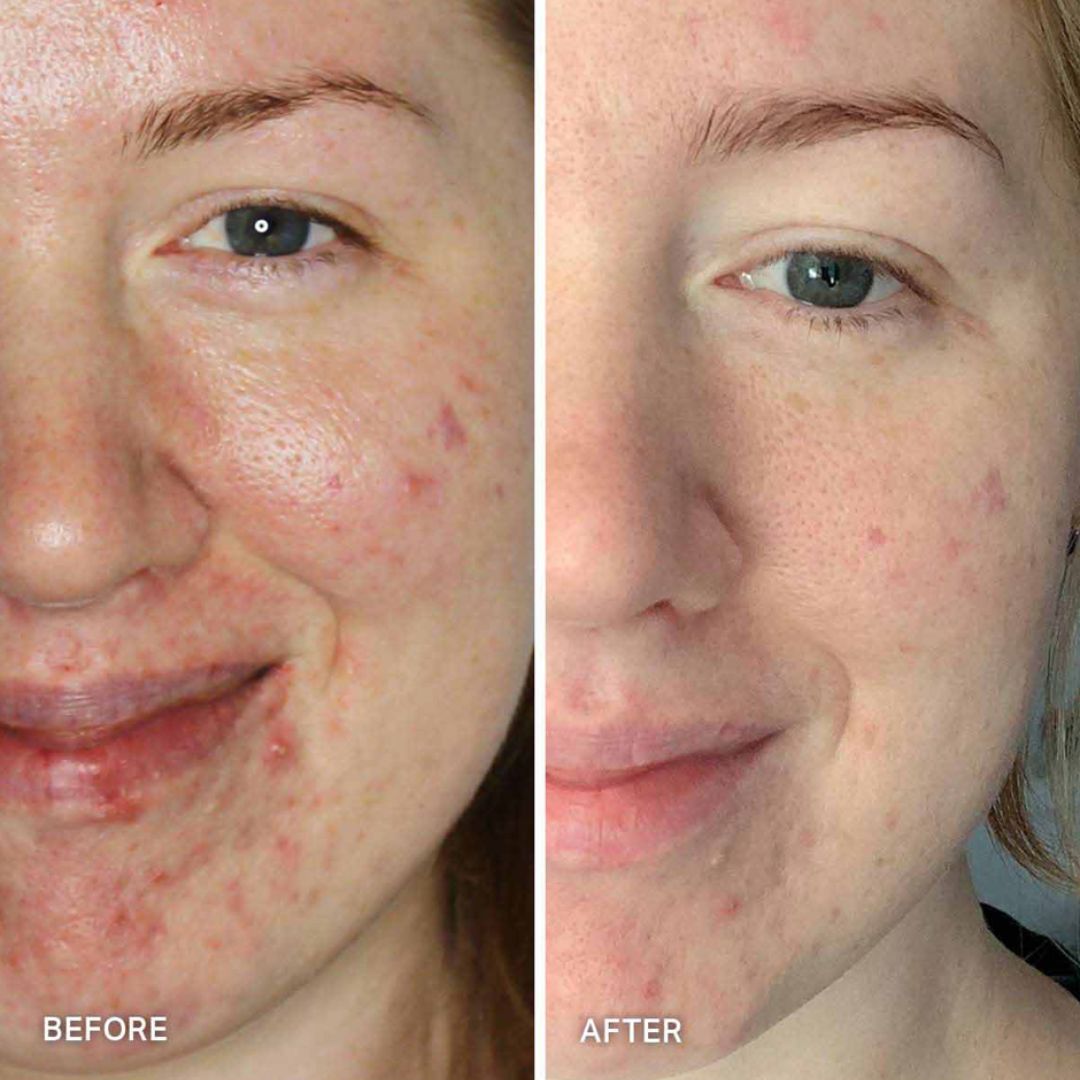
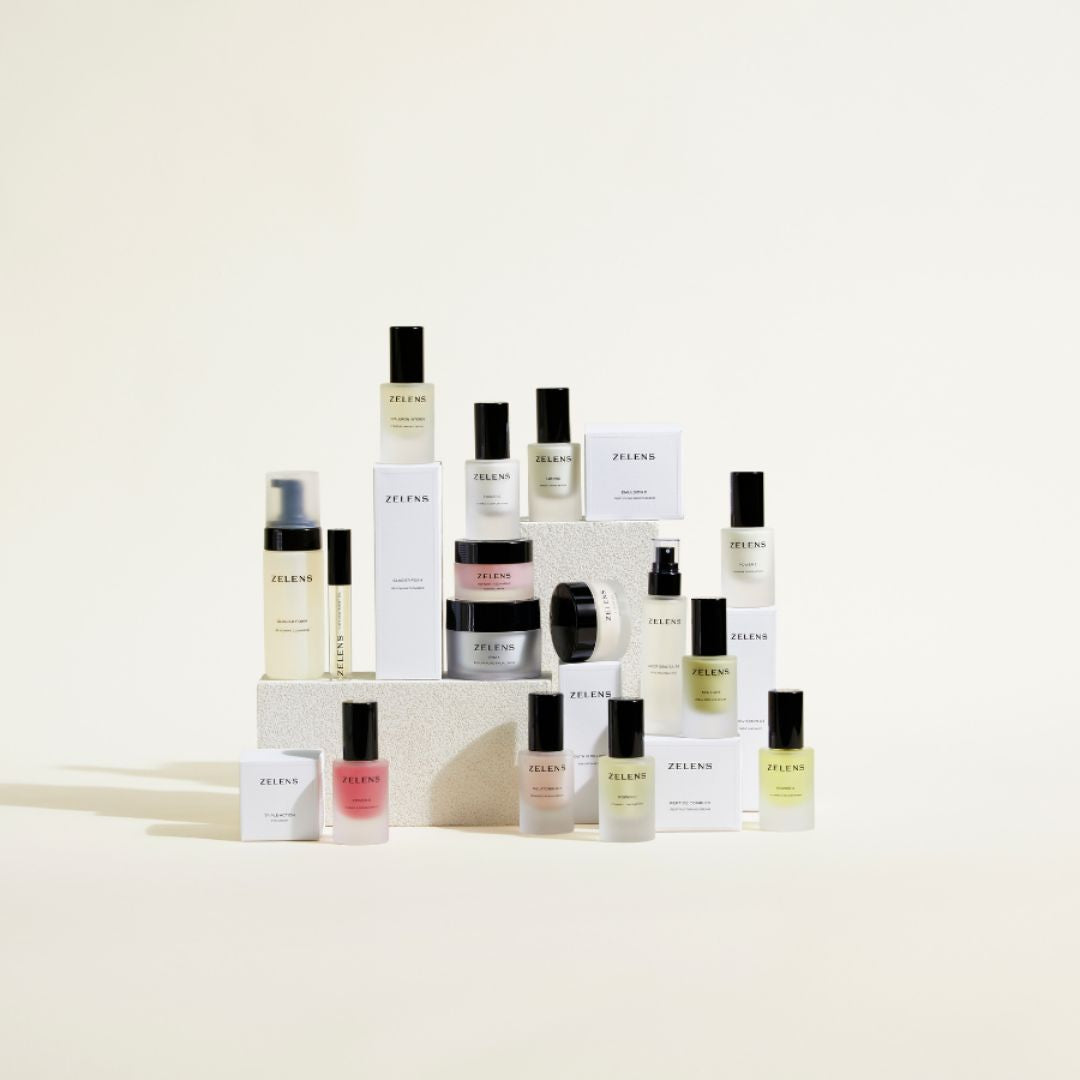


Leave a comment
This site is protected by hCaptcha and the hCaptcha Privacy Policy and Terms of Service apply.